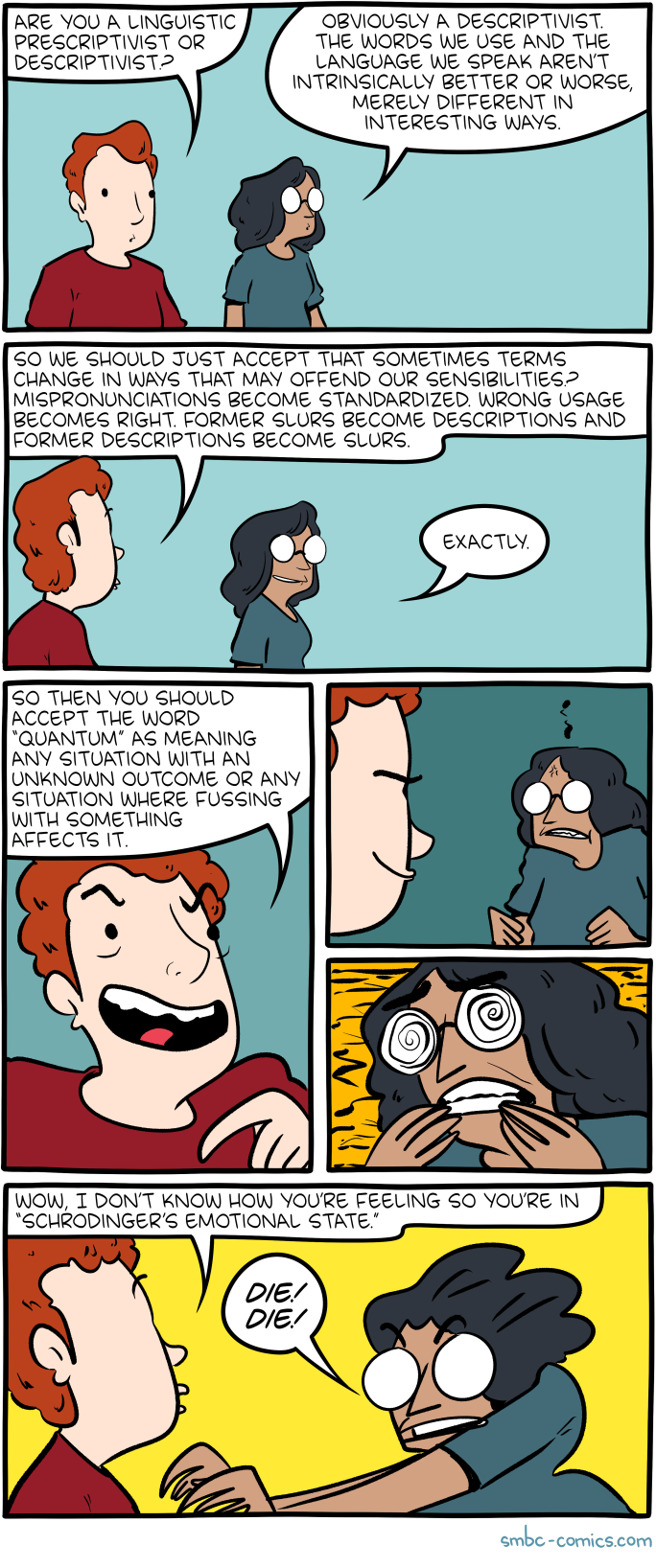Meter, Feelings, Knowing: An Interview with Nigel Fabb
This guest post by Mark Dow is an excerpt from an interview conducted via email in May/June 2021. The complete interview appears in PN Review #263 (Jan./Feb. 2022).
Nigel Fabb is Professor of Literary Linguistics at the University of Strathclyde in Glasgow. His books include What is Poetry: Language and Memory in the Poems of the World (Cambridge 2015); with Morris Halle, Meter in Poetry: a New Theory (Cambridge 2008); Language and literary structure: the linguistic analysis of form in verse and narrative (Cambridge 2002); and Linguistics and Literature (Blackwell 1997). In 2022 he will have two new books, Thrills, epiphany, sublime: how literature surprises us. (Anthem) and with Venla Sykäri (eds.) Rhyme and Rhyming in Verbal Art, Song and Language (Studia Fennica Folkloristica).
Mark Dow is author of Plain Talk Rising (poems) and American Gulag: Inside U.S. Immigration Prisons (California).
Read the rest of this entry »
 During the early part of my career, one of the most stunning academic papers I read was this:
During the early part of my career, one of the most stunning academic papers I read was this:

